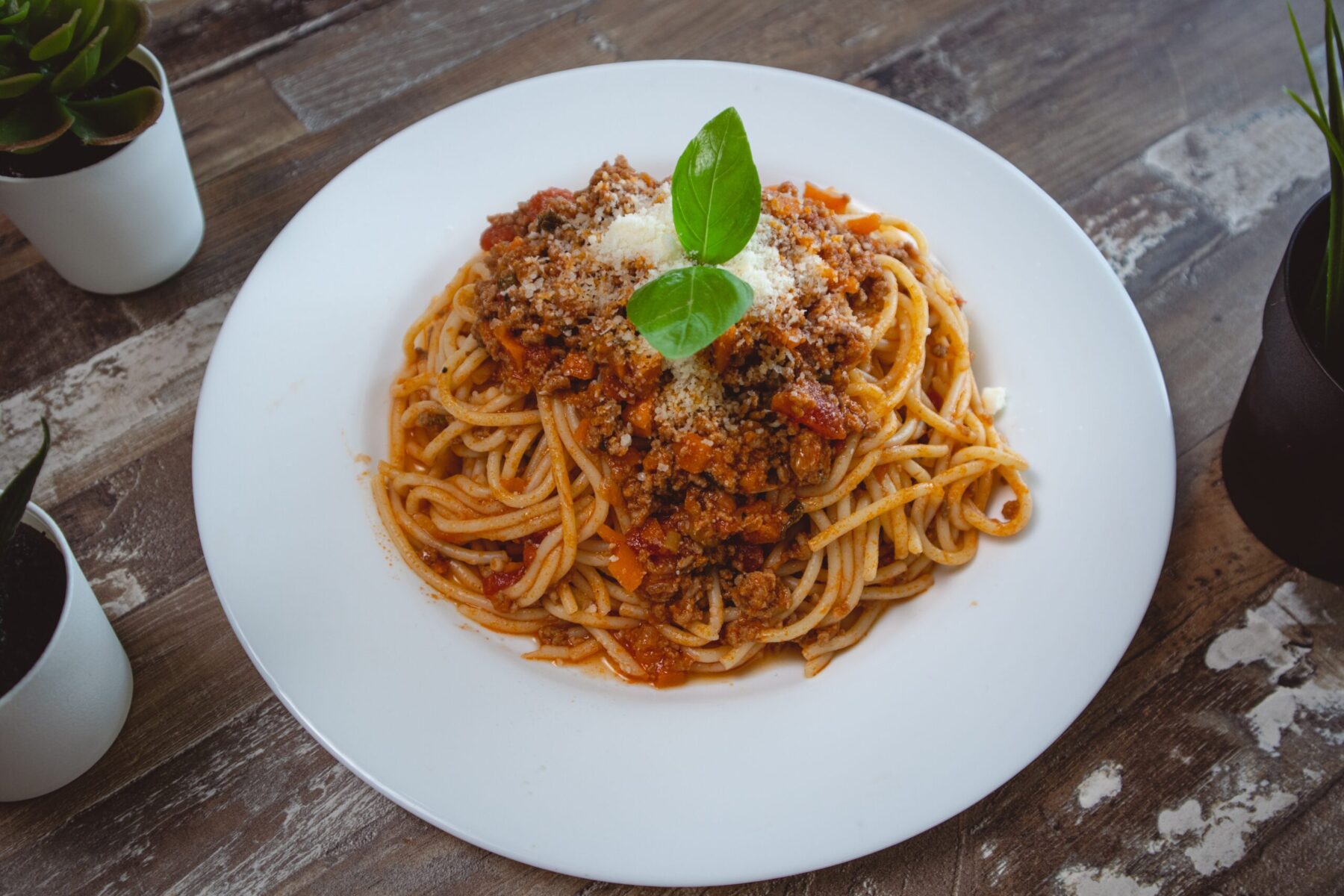The ultimate comfort food is a warm dish of spaghetti and meatballs. Its hearty, rich flavor blends the sharp tastes of Italian cooking with the soul-enriching spirit of eating at Grandma’s house during winter. The dish’s popularity has surged as a staple dish in American homes and restaurants, so much so that it gets an observance — National Spaghetti Day on Jan. 4.
The history of spaghetti, or pasta in general, is convoluted. Many historians believe the first dish was made in Sicily around 1154, potentially for the Norman King of Sicily. This delicacy was reminiscent of modern lasagna rather than thinner noodles.
Several experts say pasta has Italian roots, but others say that famed explorer Marco Polo brought the culinary invention back from his travels from China to Italy in the late 1200s. Yet, others say that Arabs introduced it to Europe during a Sicilian conquest.
There are also written records, the Talmud, of dried pasta being made and boiled for convenient eating back in the 5th century. The dried version boomed in popularity in the 14th and 15th centuries since it was easy to store on expeditions. The European Age of Exploration allowed the food staple to expand to other cultures in various forms.
When pasta arrived in Italy, it was made from long strands of hard wheat. Locals would call it “spago,” Italian for twine or string. This early form of spaghetti wasn’t the smooth, long strands we know today. It was a tougher texture, more like vermicelli.
The true pasta explosion wouldn’t come until the 19th century when factories opened and could produce it en masse.
It was also around this time that waves of Italian immigrants made their way to the U.S., opening the door for spaghetti to become an iconic dish.
The earliest form of noodles and marinara sauce served in the U.S. was unlike today’s versions. For one thing, 19th-century tomato sauce didn’t have basil or oregano; it included other spices in the recipes. Now, you can find marinara made with olive oil, garlic, basil, and oregano. Restaurants served it to many eager customers before it became a common household dish.
Outside of marinara sauce, there are several ways to enjoy spaghetti. Carbonara is a delectable egg and cream sauce found in many Italian restaurants. Bolognese is incredibly popular outside of Italy. The pasta should always be cooked “al dente,” soft enough to bite into but hard enough to handle the sauce on top. Top it with some grated parmesan cheese or crushed red pepper flakes for extra flavor.
Spaghetti is not limited to Italian recipes. You can also use stringy pasta in Chinese, Japanese, and Indian cuisine. There are plenty of dishes that can use Italian-style noodles in the absence of authentic Asian-style noodles.
When Jan. 4 rolls around, consider hosting a spaghetti-themed party with your friends. Have everyone cook a dish with stringy pasta, regardless of its culinary culture. Don’t be afraid to think outside the box. Have fun and try some new recipes when you’ve never eaten before!





